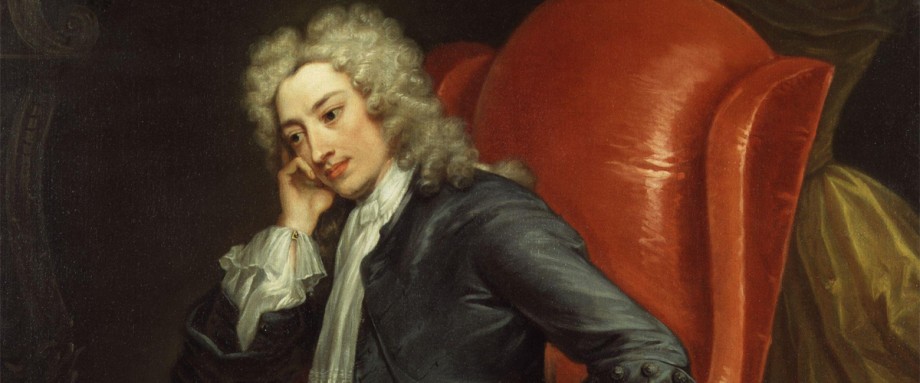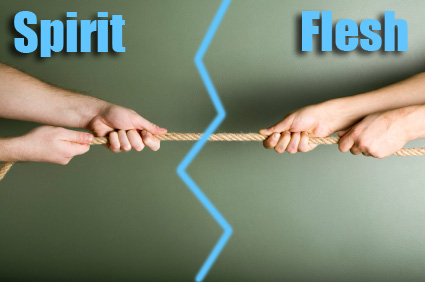Anne Sexton- Anne Gray Harvey, born in Newton, Massachusetts, on November 9, 1928, was a daughter of a successful businessman, whose childhood was maternally comfortable but not happy. She had a difficult relationship with her parents, perhaps even abusive. She married at the age of nineteen, and successively became a fashion model. Subsequently, suffering from depression, she was admitted to a neuro-psychiatric hospital. After struggling with depression for the remaining part of her life, she ultimately committed suicide at the age of forty-six. It was her therapist who had encouraged Sexton to write, and it was at that time, in 1957, when she joined the writing groups in Boston. Being a part of this group, she culminated relationships with the poets Maxine Kumin, Robert Lowell, George Starbuck, and Sylvia Plath. She was of the belief that her writings served as a therapy to her depressed state of mind. Eventually, the poems that she penned down manifesting her psychiatric struggles, were assembled in her first book To Bedlam and Part Way Back (1960). Enormously popular during her lifetime as a confessional poet, she won the Pulitzer Prize for poetry in 1967 for her book Live or Die. Themes for her poetry largely included her battle against depression and mania, suicidal tendencies, and numerous intimate details from her private life.
Setting of Funnel-
The poem seems to be an expression of the speaker, most probably the poet herself, trying to manifest her love and thoughts about her ancestors, simply by retracing the life of her great-grandfather. She reenacts the past of her ancestral grand-relatives, and how did they spend their lifetime. This ceremony of meeting the ancestors, something of which she had talked about in her previous poems like “Some Foreign Letters” and “Walking in Paris,” here, celebrates the richness and openness of the past, that acts as the mouth of the funnel. Sorting becomes the chief ritual of mastery in this poem.. The poem begins and comes to an end with the act of sorting and arranging the relics of the past. From this imposed, perhaps arbitrary, order, remembering, forgiving, and releasing can possibly follow.
Poetic Devices in Funnel-
The poem into consideration, here, “Funnel,” is of forty-four lines. Several lines defy the conventionality, in beginning with a small letter. The lines in the poem are run-on lines. This can be seen as a quite taxing poem: long-some 44 lines, and there are long sentences that run-on through lines, punctuated by commas. The pace and narrative direction are therefore a challenge, but the diction is not difficult.
Allusion: There is a direct reference to the ancestry of the speaker: ” great-grandfather,” that establishes her expressions and love for the grand-relatives.
Symbol: “Cropped hair,” serves to denote the freed identity, here, of a female. The other symbolic terms used are: “Bunyan man,” implying the powerful image of the great-grandfather; “grand pianos,” serving as the relics for the present generation; “arking houses,” used as a symbolic term for the existence of the culture, been carried since ages, from the times of the speaker’s great-grandfather.
Onomatopoeia: “Bells of mildew,” implying the sound of an old piano.
Summary of Funnel-
The poem begins with an account of the speaker’s own ancestry. The title of the poem,” Funnel,” thus, serves as an imagery to depict the family lineage, at its core being the great-grandfather. The speaker recounts the lives of her ancestors, trying to express the richness of the past. She begins with the forefather, who serves as a source of culture for the present generation, giving an account of his powerful image he had in the family, and the lives of his “eight genius children.” Talking about the family estate, and its settlement after the grandfather’s death, she clearly tries to state the importance of carrying knowledge of one’s past. She seems to have the belief that one’s identity lies in his association with his past.
Speaking about the great-grandfather’s children, Sexton tells that all of them were engaged in their lives in accordance with their inclinations. While others shared the likeness for spending their lives in some manner or the other, one of them had a notable career. She wore cropped hair, that symbolised her independence, a feminist figure, to say in theoretical terms, and walked like a man. Further in the poem, the efforts on the part of the grandfather are recounted, to help continue the family culture for generations to come. He built “seven arking houses” that still stand at present, and the “one, five stories up, straight up like a square box, still dominates its coastal edge of land.” The above-quoted lines from the poem establishes the importance of culture, and the latter part serves to highlight the power of past- a guiding force- upon the present generation. The poet, thus, appears to crave for a governing past, that would save the culture from being diminished at the present moment of modern age.
Critical Analysis of Funnel-
The poem serves as a ceremony of meeting the ancestors, metaphorically depicted through the image of “funnel,” that commemorates the richness and openness of the ancestral past. The relics of the age of great-grandfather, here, are seen sustained by the memories of the speaker, through the inquisitiveness of hers to know about the ancestral affairs. Sorting becomes, here, the chief ritual of mastery in the poem, like in other such poems by the poet; sorting is to put proper value on the past and knowing what may be discarded, and what must be kept, that which can be loved or looked at later. It is the process, in which the person moves back through his history, painfully untying each of its knots all over again, through which he gets to relieve the past, celebrates times, places and people, and can arrive at a conclusion. The line about the sixth child of the great-grandfather, who was a notable concert pianist, with cropped hair, and who walked like a man, can be read through the lenses of feminism. The poem seems not just to be concerned primarily with distinguishing women from men or feeling from knowing; instead, it separates these ways of entering and valuing experiences.
Central Idea of Funnel-
The principle idea in the poem can be seen as the importance of past, for it is this past that hold the identity of one’s existence. The center herein appears to be the historical past, the ancestry, that which can be seen as the logos . It is spoken of as carrying great importance, and thus can be termed as a “centre” in terms of structuralism.
Tone of Funnel-
The poem begins with an account of the praise for ancestral’s union and concludes with the idea to preserve this symbolic culture, because it is important to be connected and have adherence to the ancestry. At the same time, the poem takes up a feminine voice, trying to eradicate the social-construct boundary between the male and female.
Conclusion- The poem ” Funnel” is a direct allusion to one’s roots of existence, being depicted through the prose narrative of the life of the speaker’s great-grandfather. This serves as a prevailing atmosphere throughout the poem, creating an ephemeral connectivity with the ancestral past, the source of one’s existence.
Some online learning platforms provide certifications, while others are designed to simply grow your skills in your personal and professional life. Including Masterclass and Coursera, here are our recommendations for the best online learning platforms you can sign up for today.
The 7 Best Online Learning Platforms of 2022
- Best Overall: Coursera
- Best for Niche Topics: Udemy
- Best for Creative Fields: Skillshare
- Best for Celebrity Lessons: MasterClass
- Best for STEM: EdX
- Best for Career Building: Udacity
- Best for Data Learning: Pluralsight













